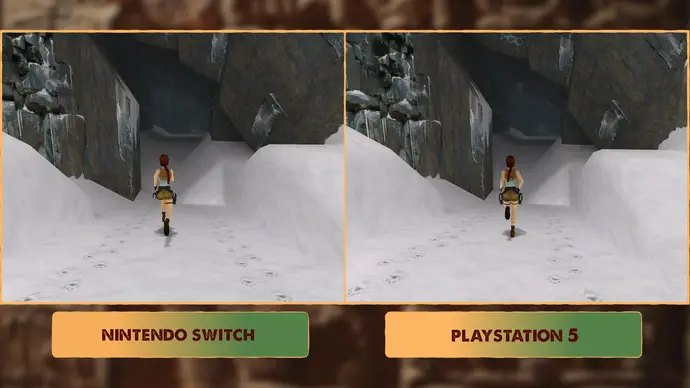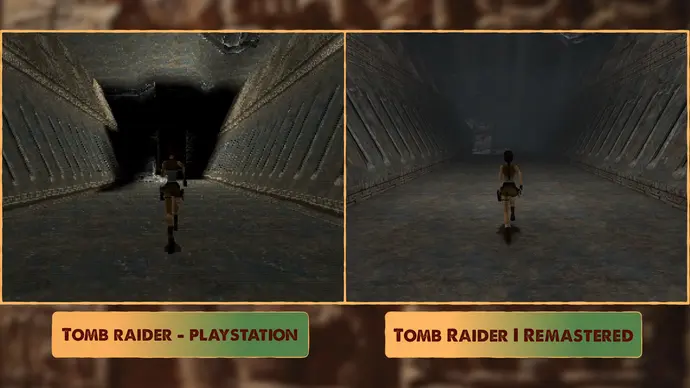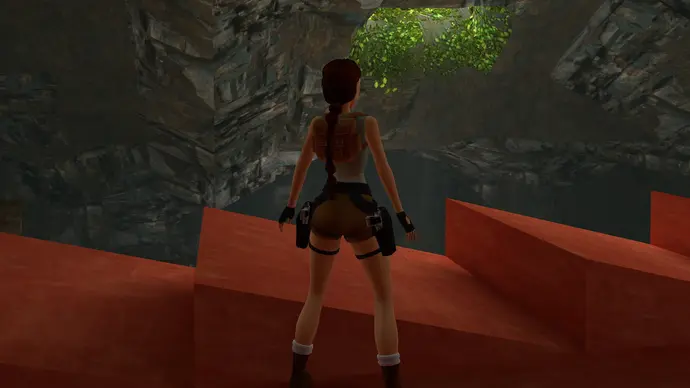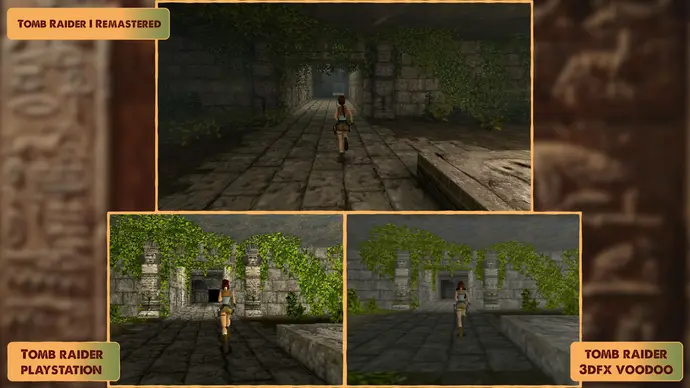Once a titan among game series, Tomb Raider has seen its early entries fade into obscurity for many who didn’t grow up with them. However, Tomb Raider 1-3 Remastered steps in to breathe new life into these classics, offering enhanced visuals, refined controls, and a nostalgic yet fresh experience.
Having spent the past week delving into this collection, I’ve examined how it compares to the originals in terms of graphics, gameplay, and more.
In 2016, I delved into the original Tomb Raider in an episode of DF Retro, exploring its versions across PlayStation, Saturn, and PC, while also uncovering its underlying technology, including the unique 3D rendering of the Sega Saturn.

Since then, the Tomb Raider community has flourished, thanks in part to initiatives like OpenLara, an open-source engine that not only showcases new visual features but also enables ports to classic consoles like the Sega 32x and Game Boy Advance.
While the main series has taken a hiatus since Shadow of the Tomb Raider, we now have this remastered trilogy, courtesy of Aspyr. Overall, my experience has been excellent, despite some minor issues.

The premise is straightforward: deliver the first three Tomb Raider games with optional enhancements. Players can choose between enhanced or original graphics and toggle between classic “tank” controls or modern full analog controls.
The highlight here is undoubtedly the visual upgrades, and in my opinion, Aspyr has done an outstanding job. While the environments maintain their original geometry and layouts, everything else has been updated.

One of the most noticeable improvements is the addition of high-resolution textures that preserve the original aesthetic while adding new detail. The textures evoke a sense of nostalgia while providing a fresh look reminiscent of early 2000s games.
Changes extend to animated textures and additional 3D models, tastefully enhancing the presentation without overwhelming the original design. Even menus and videos have been given a facelift, though limitations of the original clips constrain the improvements.
Lighting receives a significant overhaul, with modern baked lighting adding depth and realism to the environment. While this enhances the overall visual experience, it may make certain areas darker and more challenging to navigate for new players.

Character models have also been updated, featuring more detail and facial animations in real-time cutscenes. This strikes a balance between retro charm and modern fidelity, crucial for maintaining the level of readability essential to the Tomb Raider experience.
The classic graphics mode offers a nostalgic throwback, preserving the original assets with high-res rendering and increased color depth. However, it suffers from frame rate and pacing issues, particularly noticeable compared to the smoother experience on more powerful consoles.
The PC version offers flexibility but lacks graphical options and may require adjustments for optimal performance. Despite these quirks, it allows for higher frame rates, enhancing the overall experience.

Across various platforms, Tomb Raider Remastered delivers a solid experience, with each version showcasing sharp visuals and stable performance. However, improvements are needed for the classic mode to match the fluidity of other versions.
Reflecting on Tomb Raider’s place in modern gaming, its enduring appeal despite its steep challenge highlights its timeless gameplay mechanics. Returning to it reminds us of what’s been lost in modern games’ simplification of mechanics like jumping and climbing.







